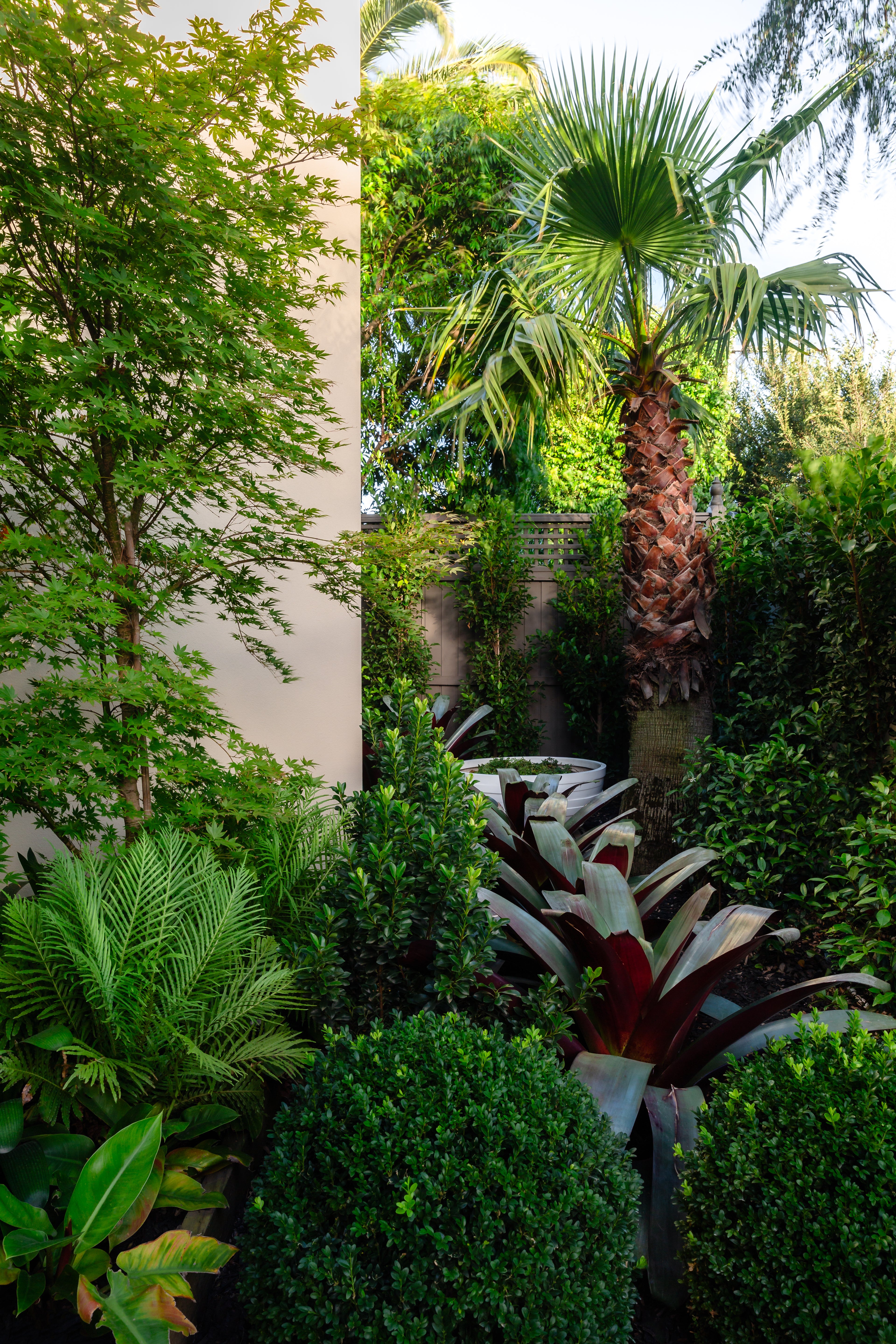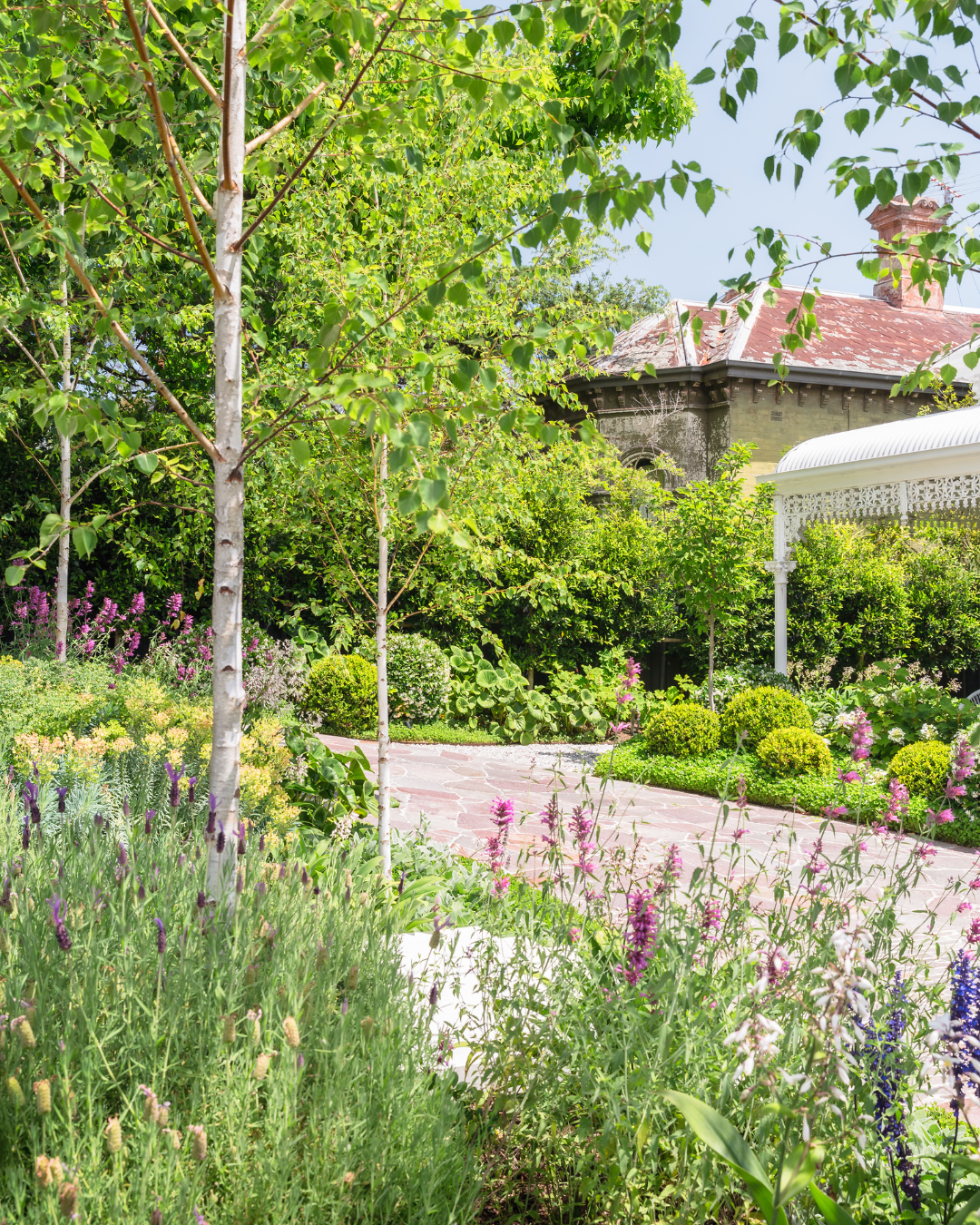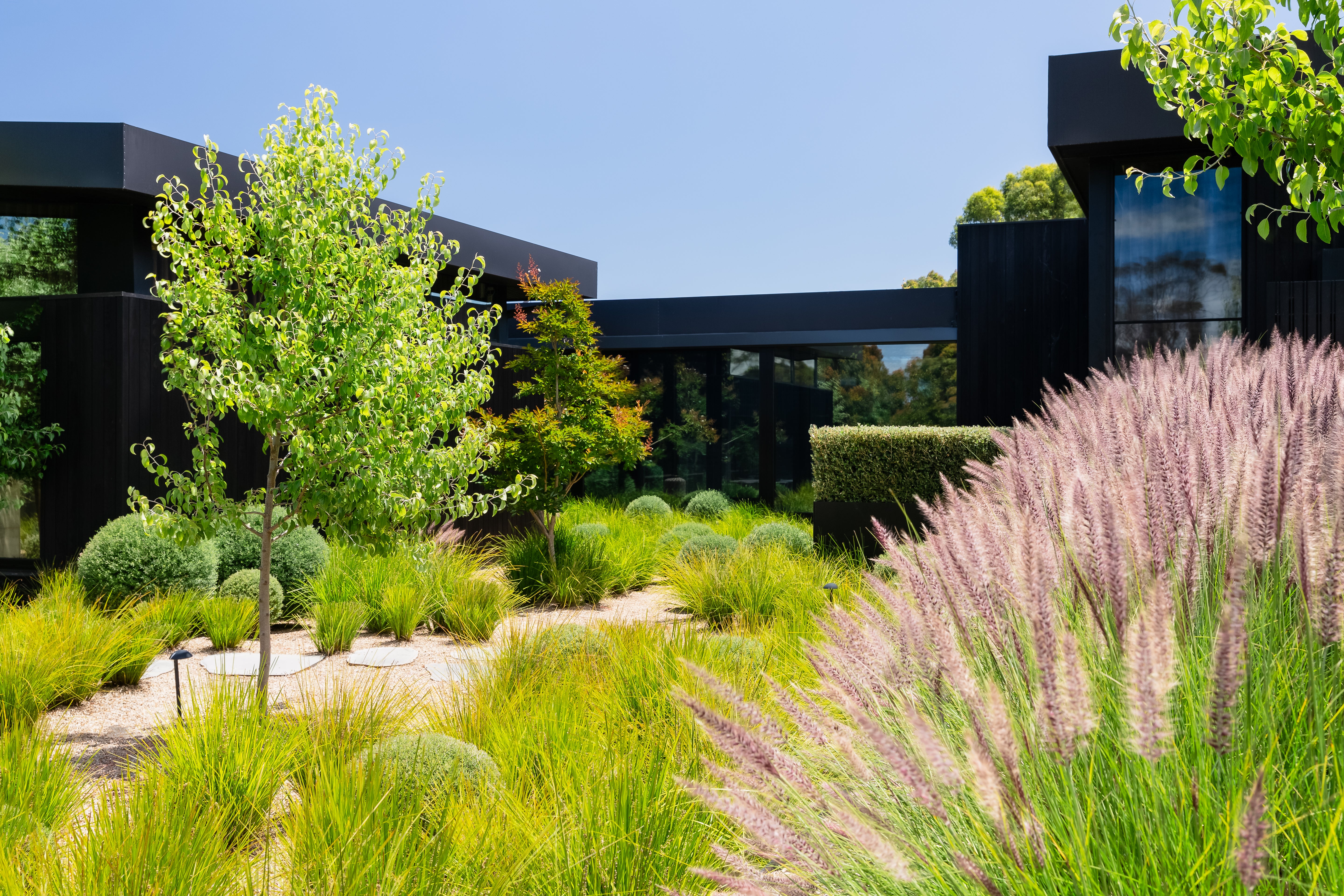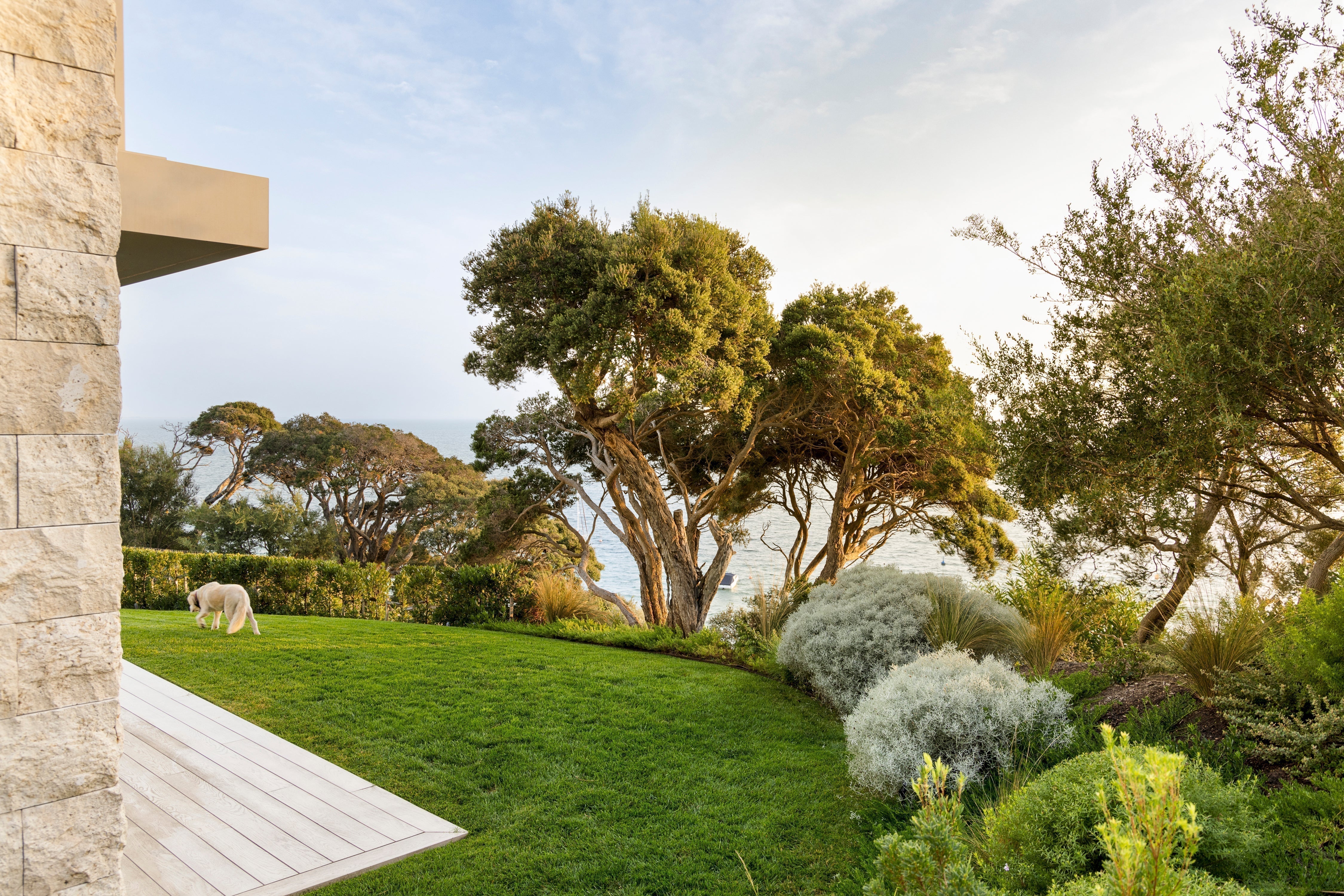
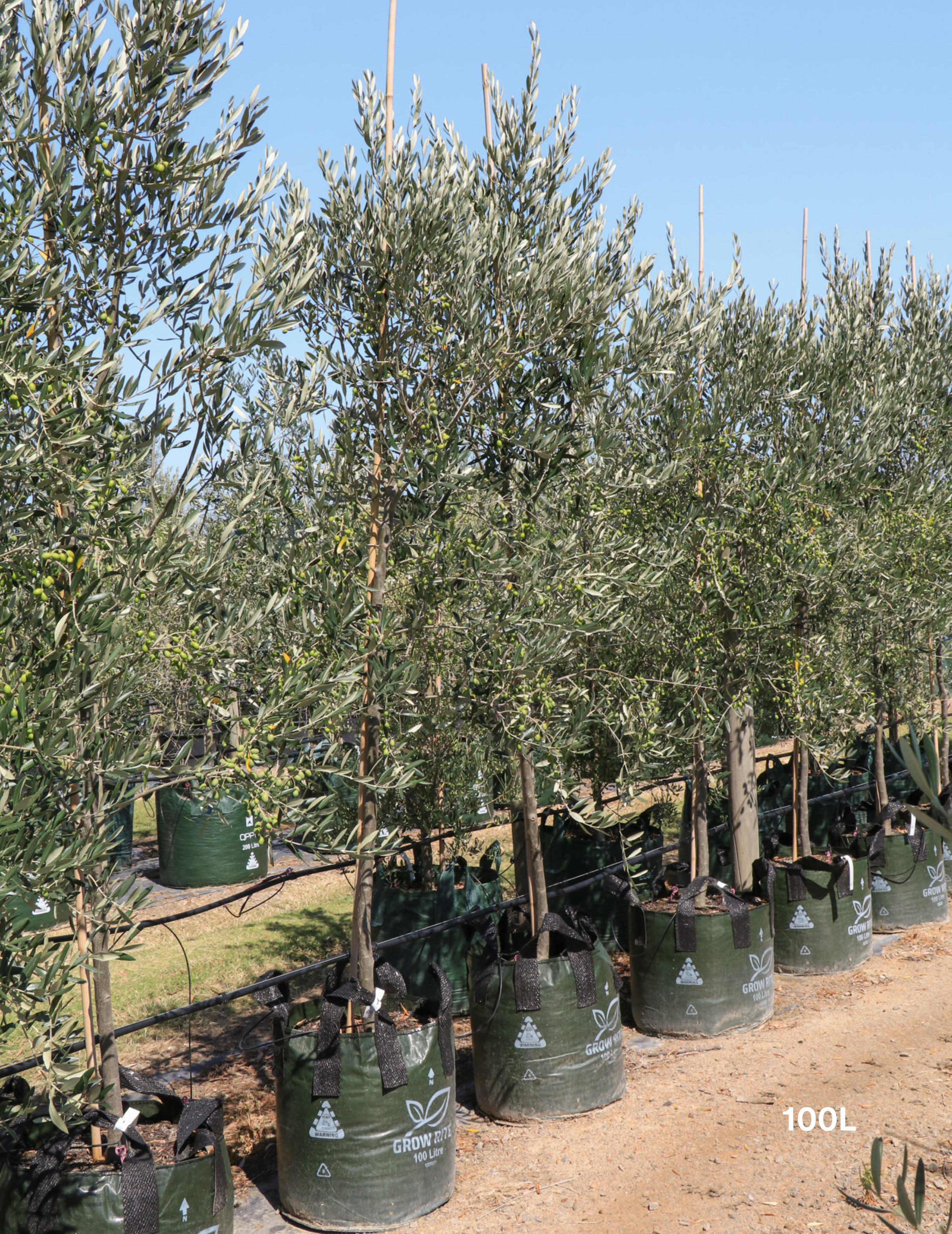
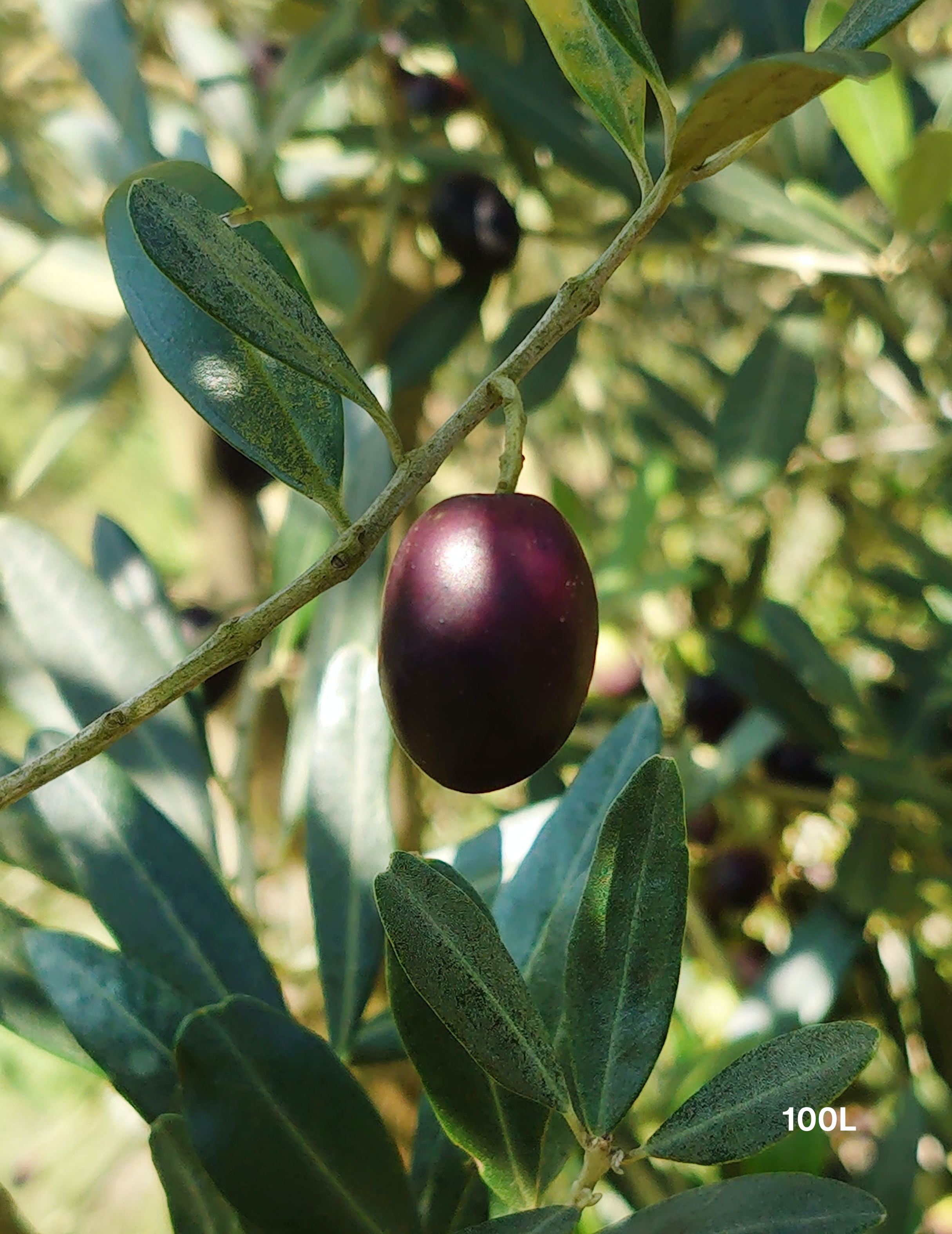
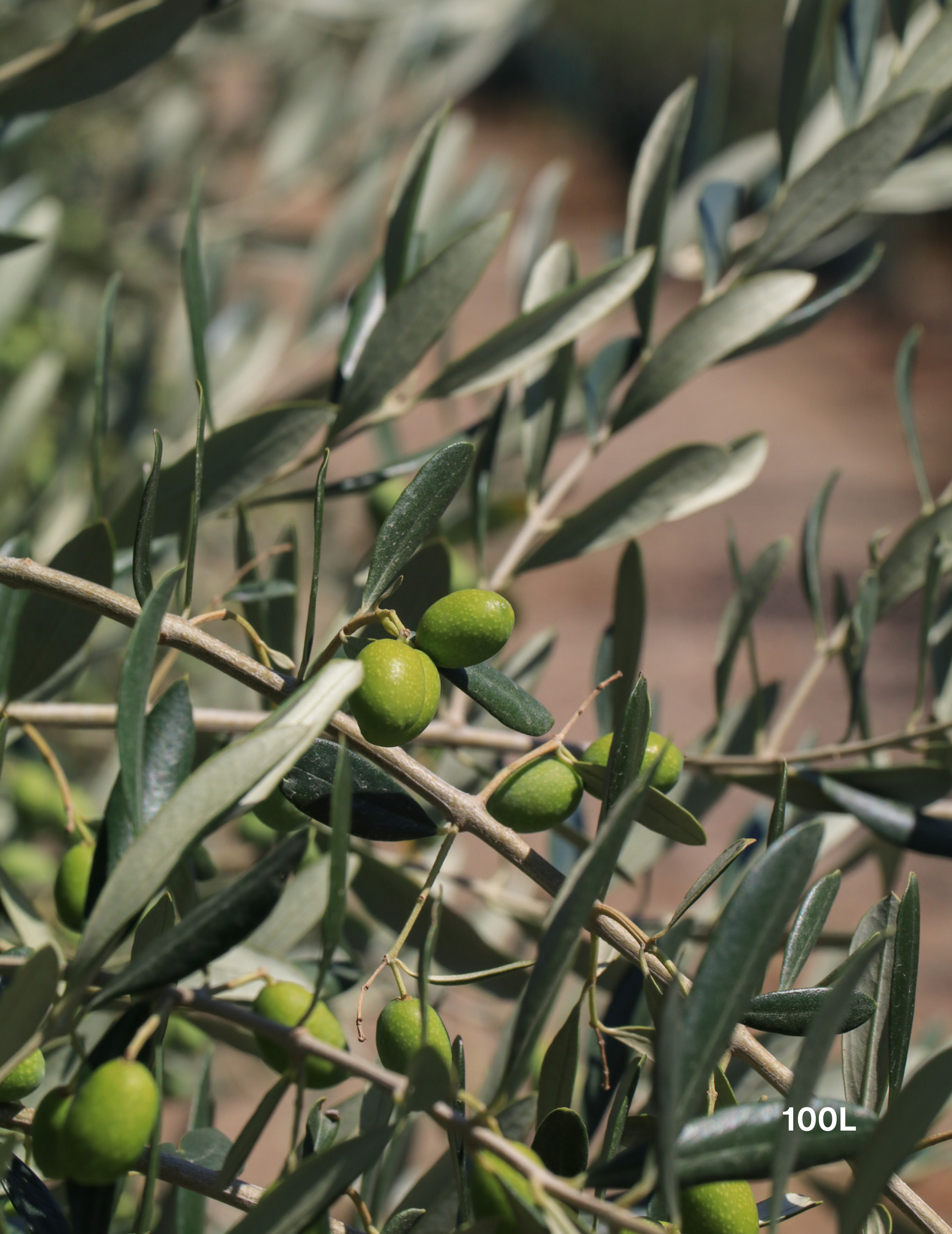
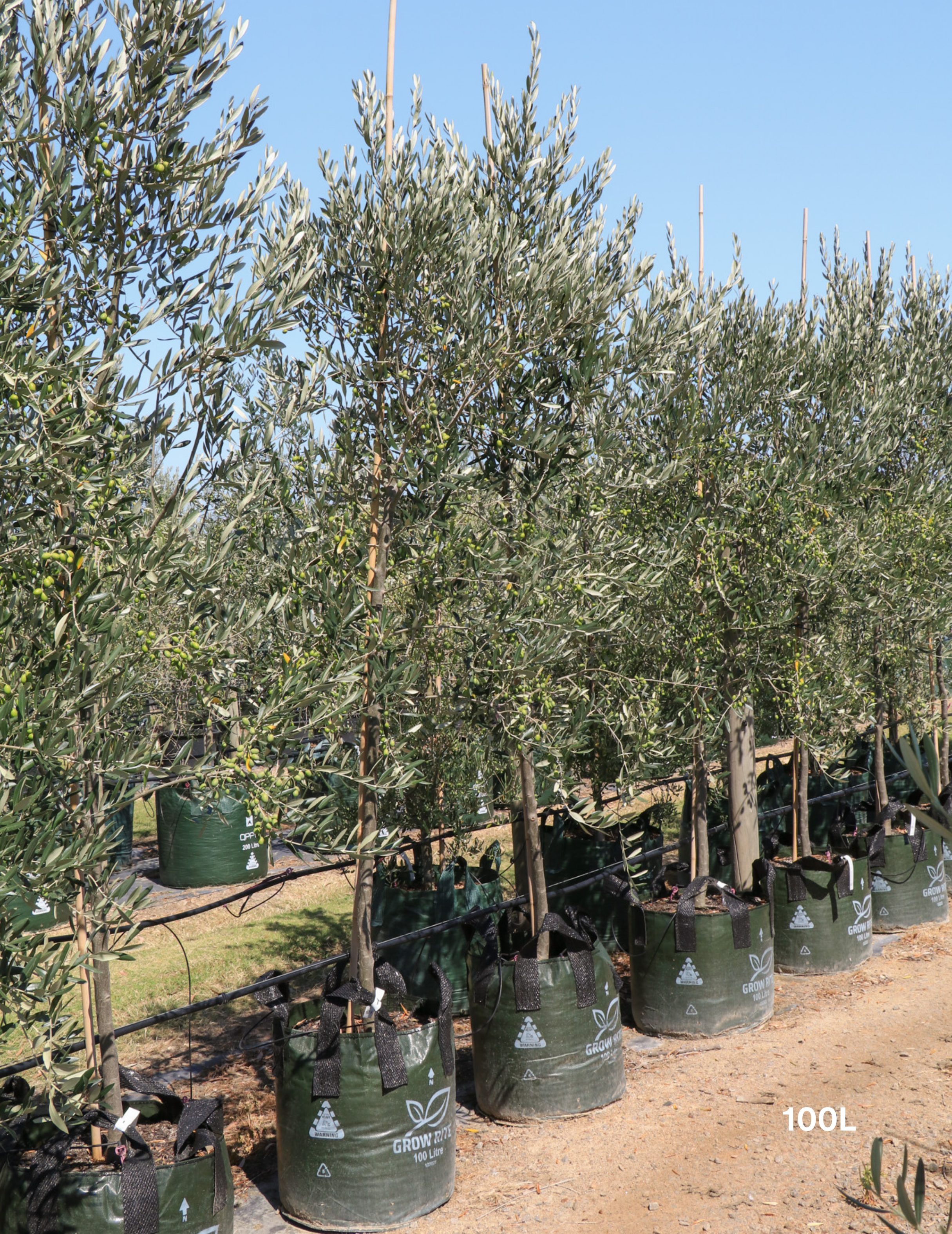
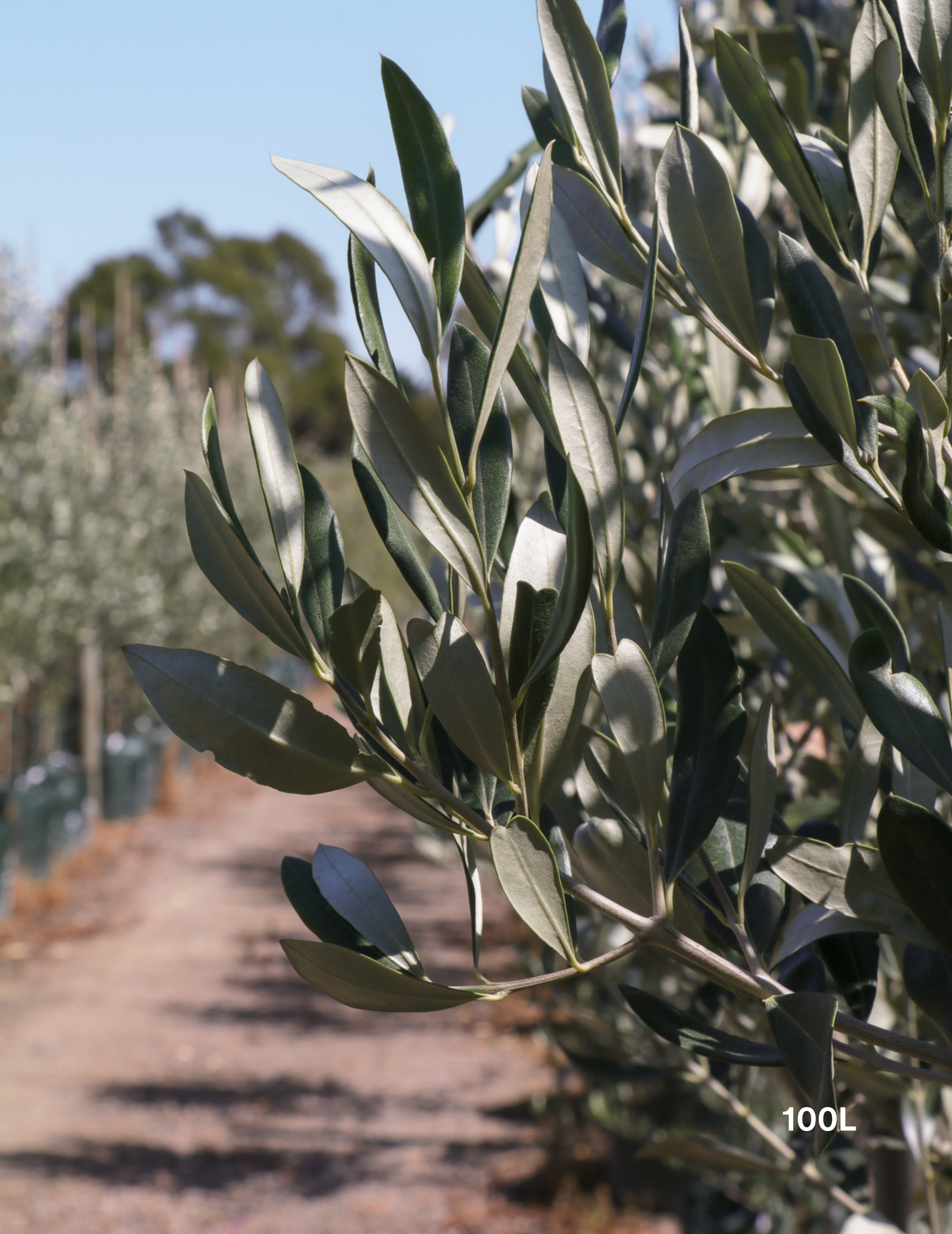
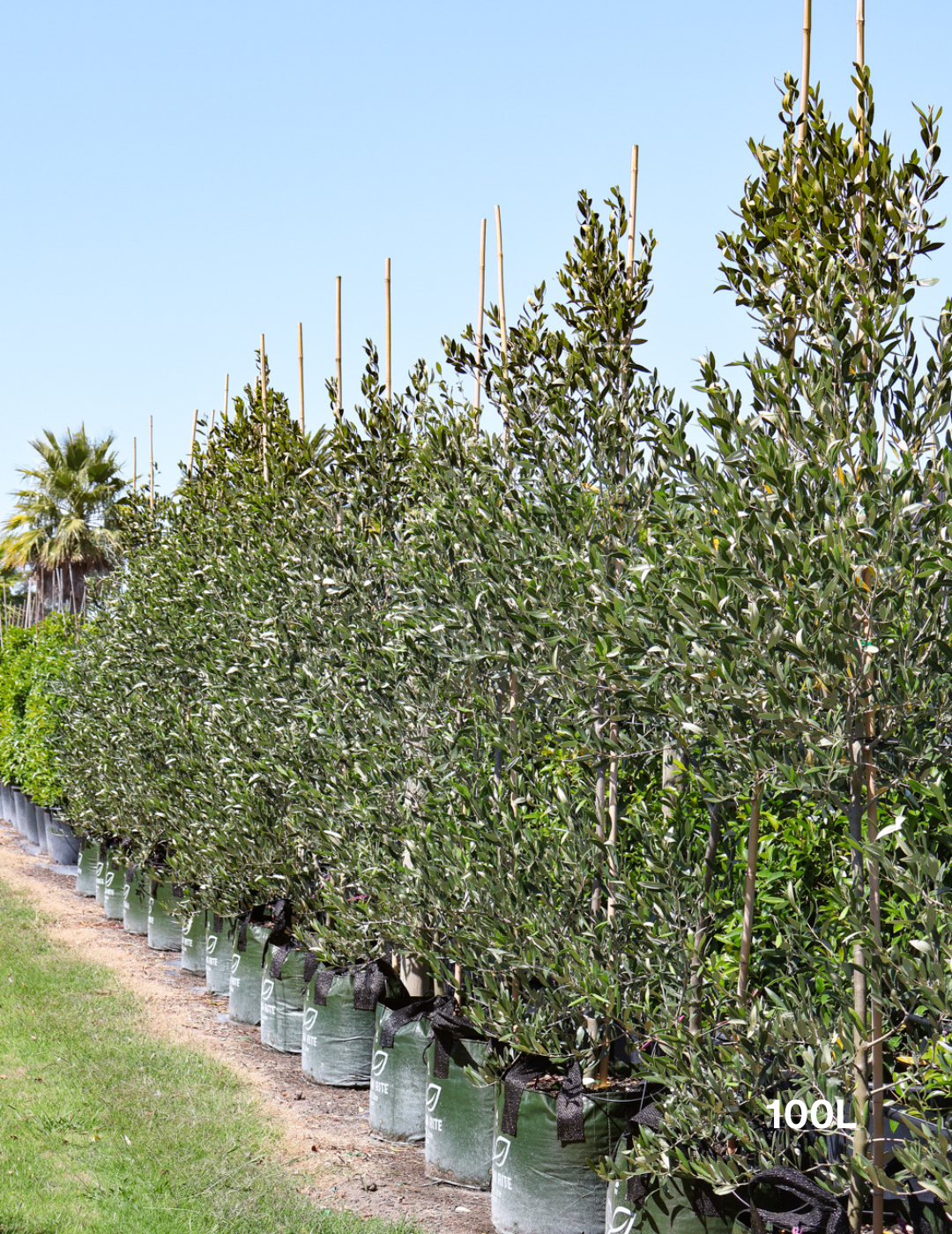
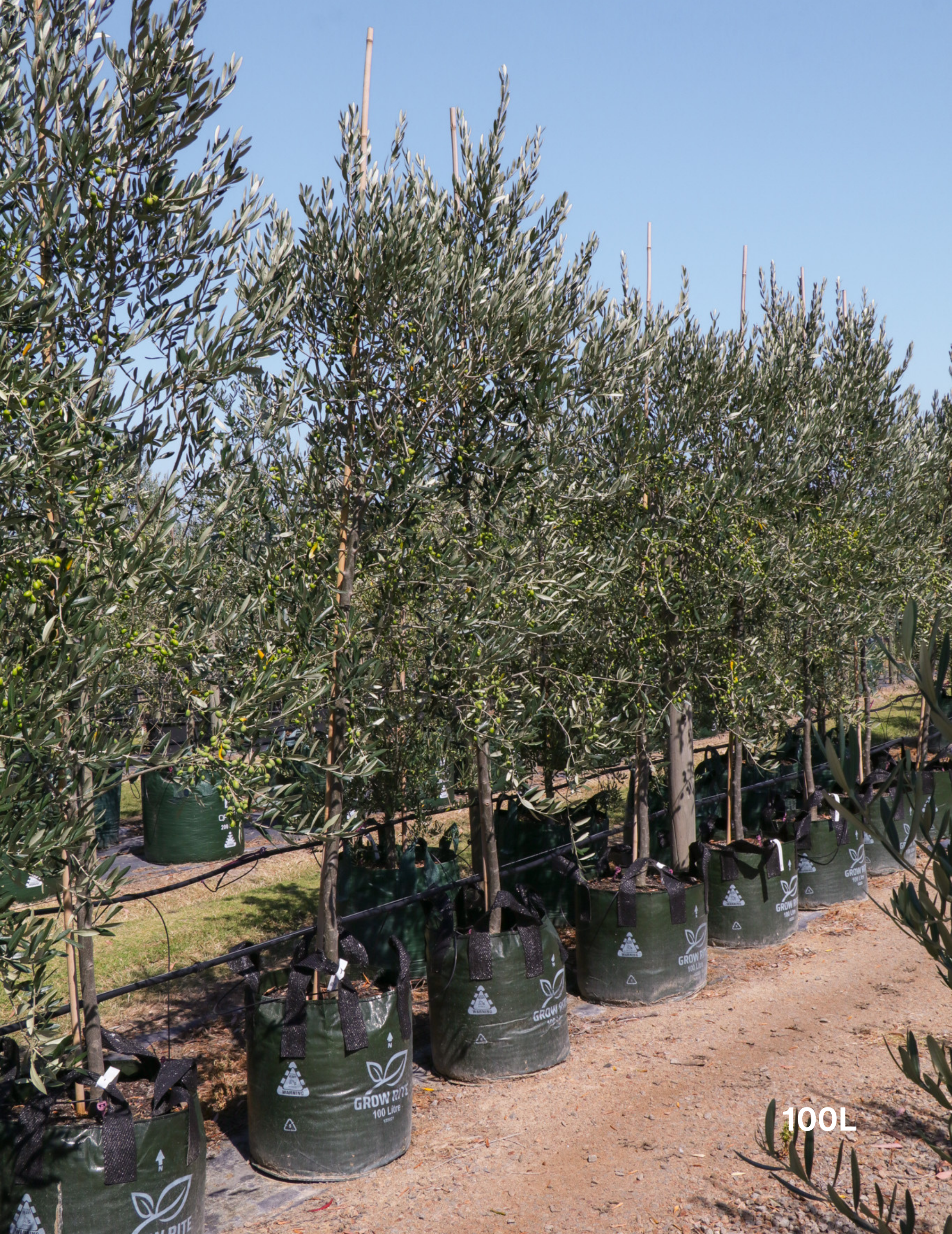
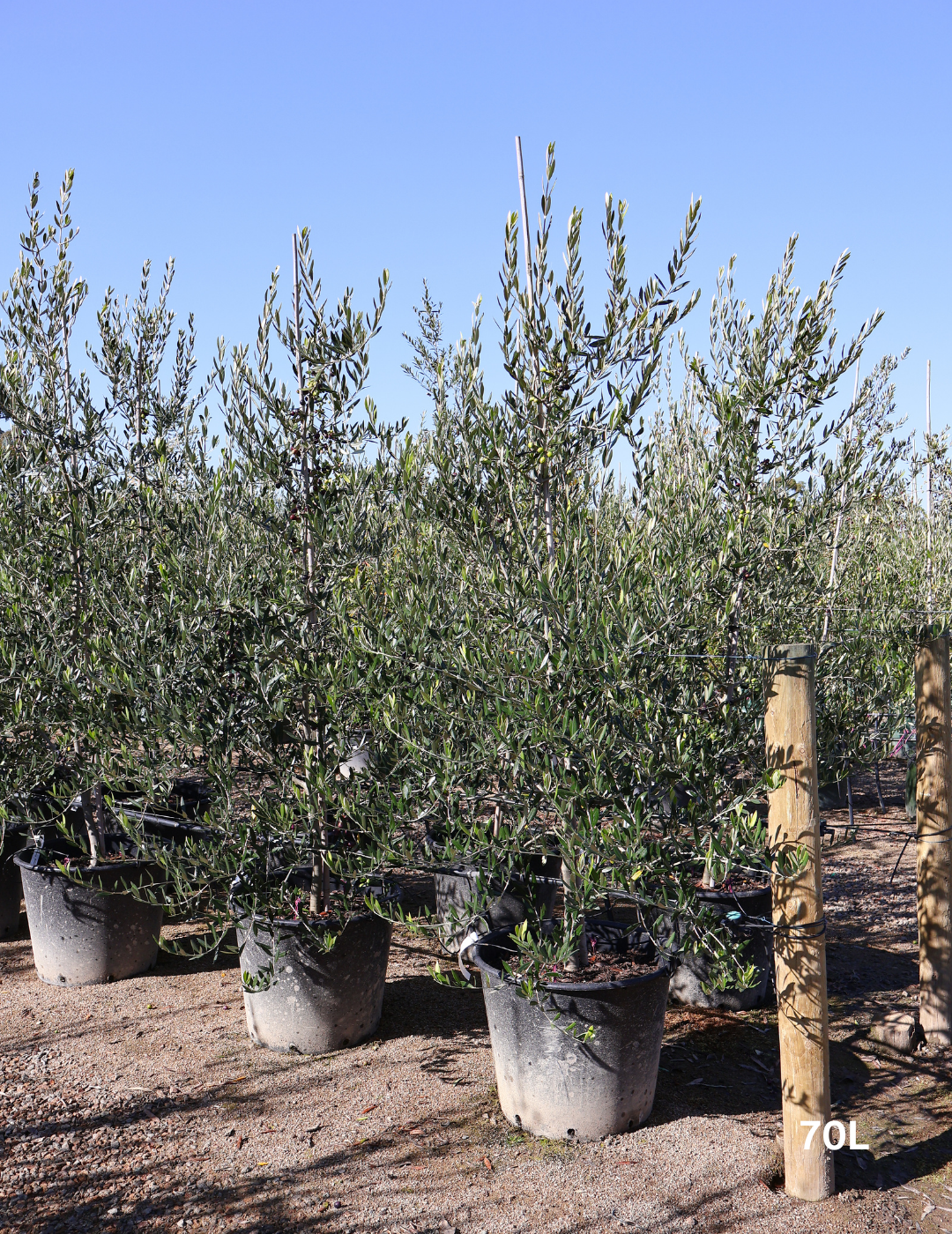
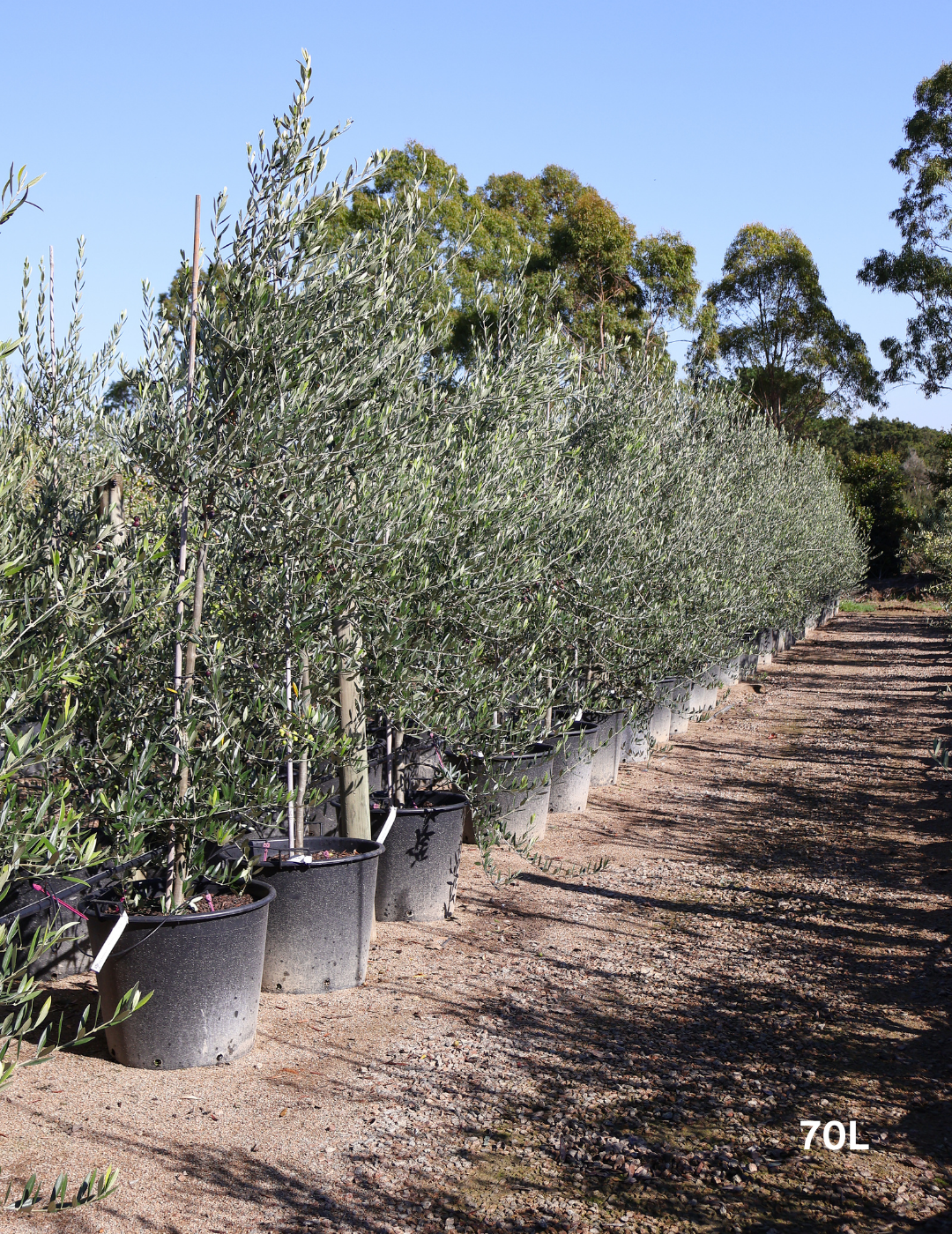
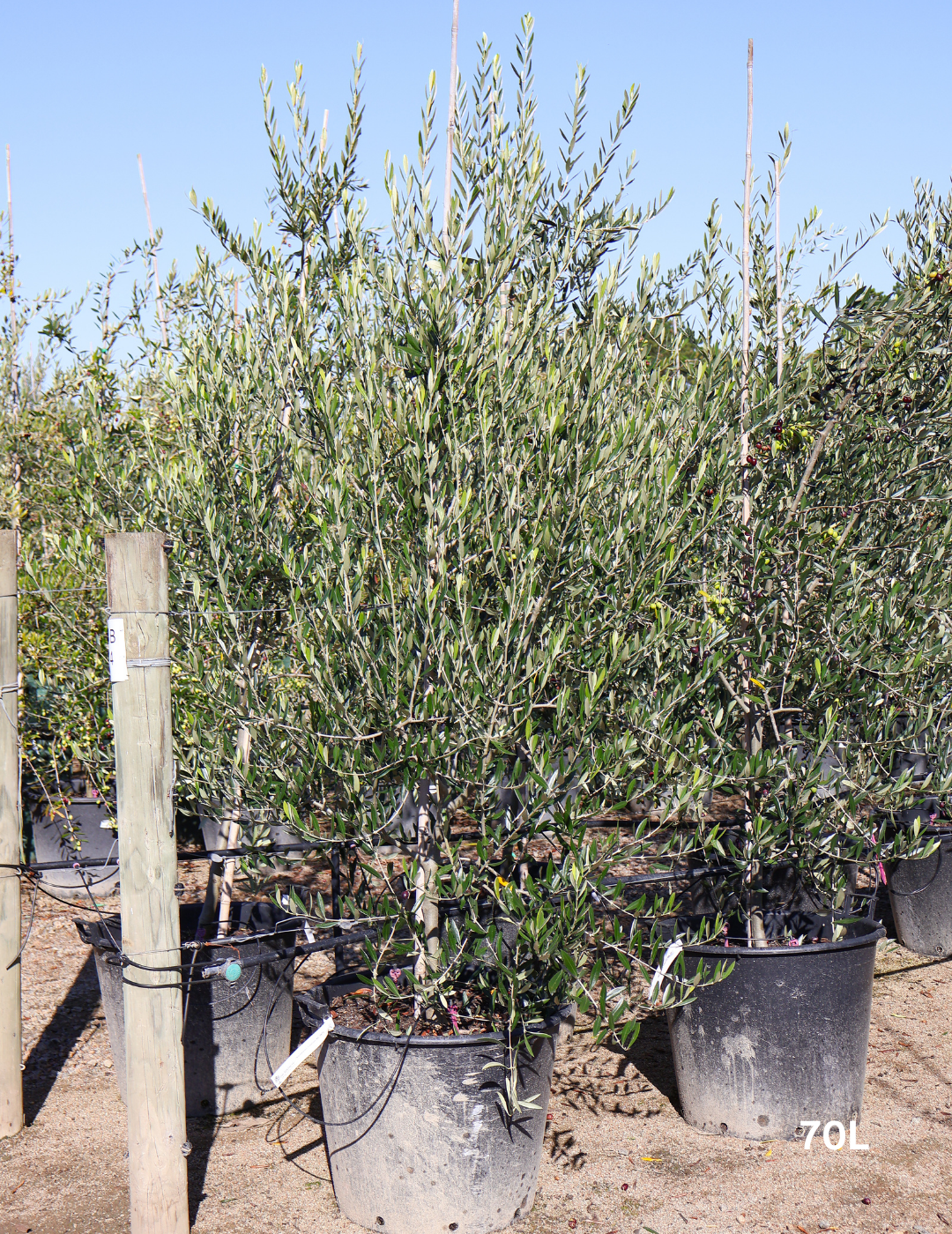
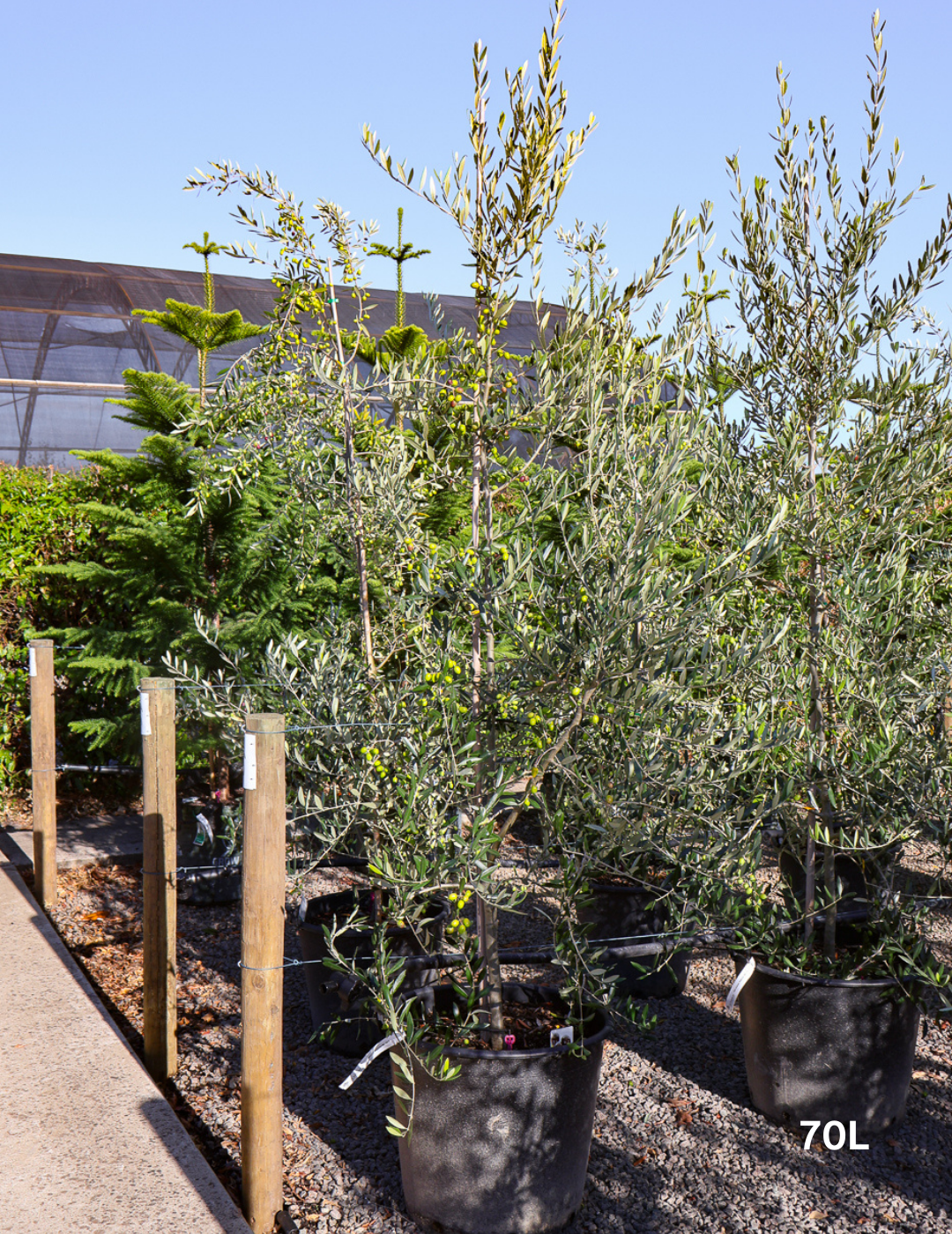
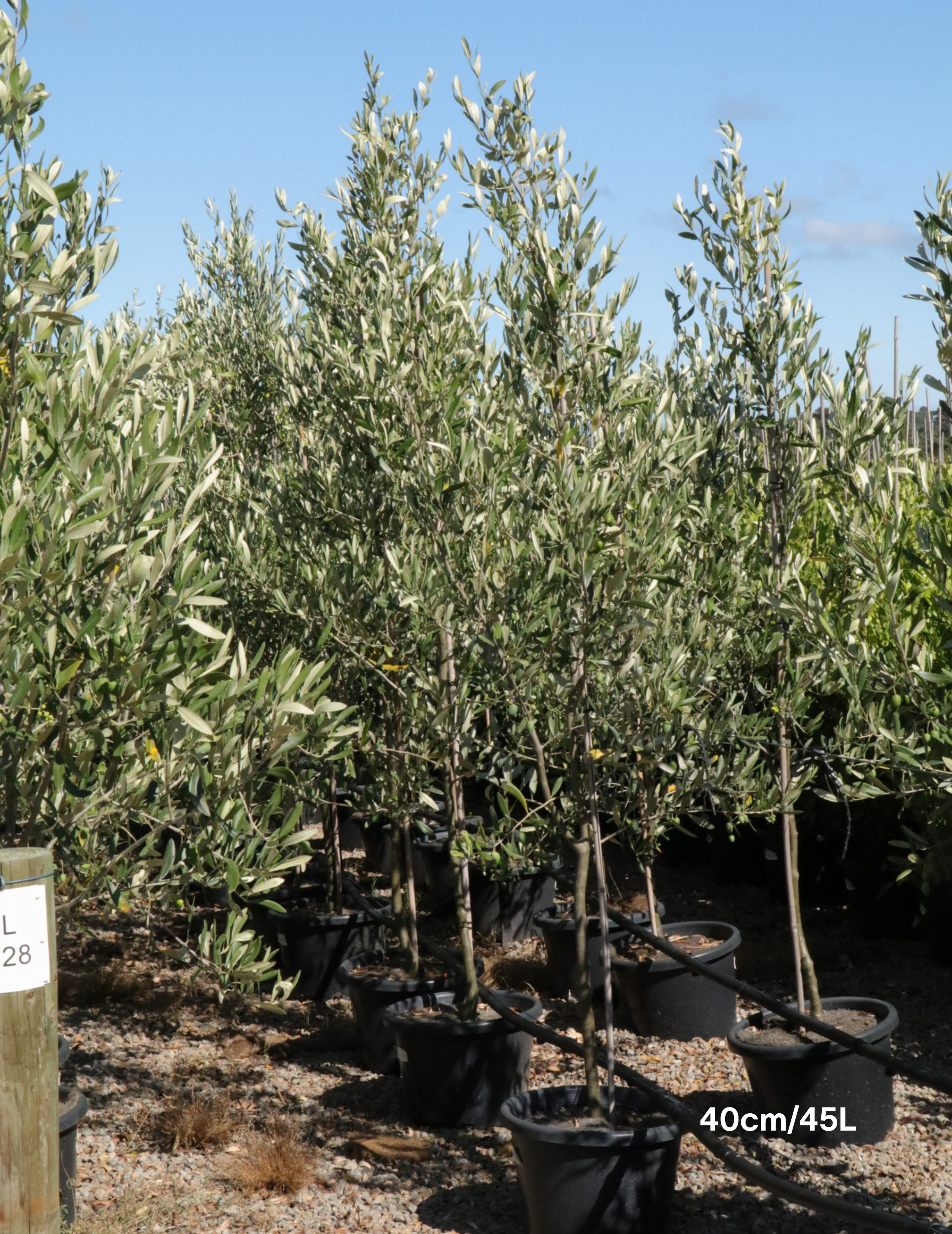
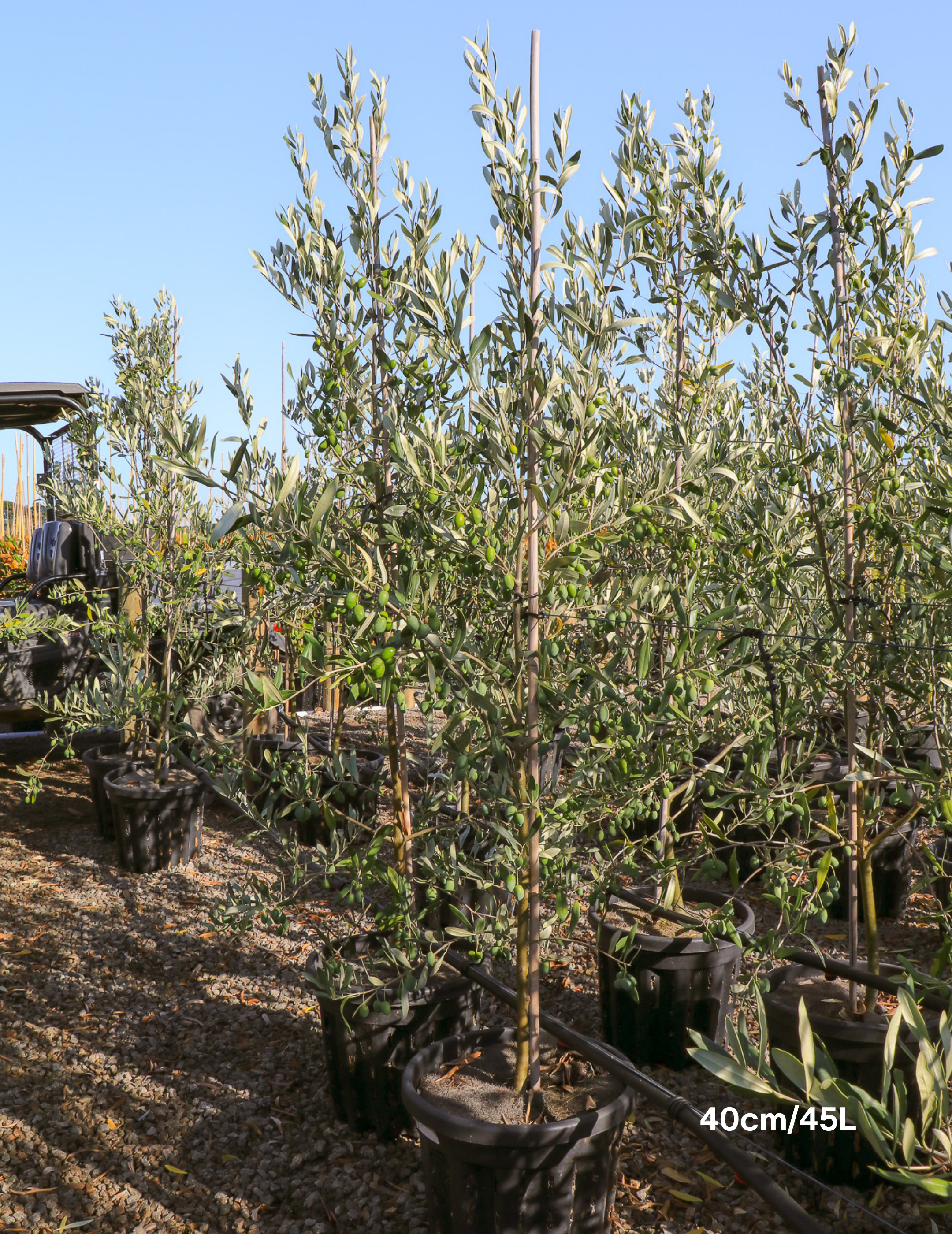
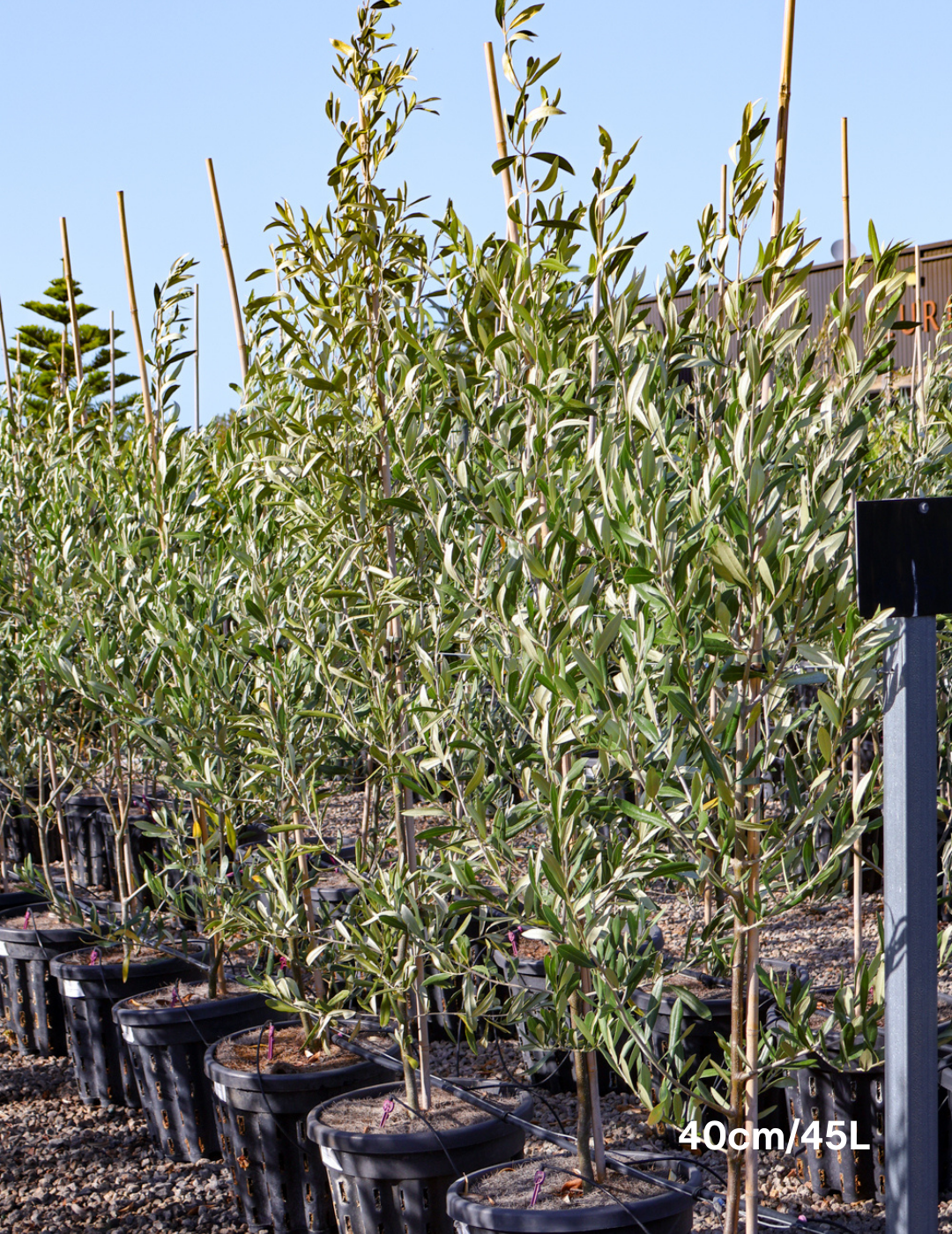
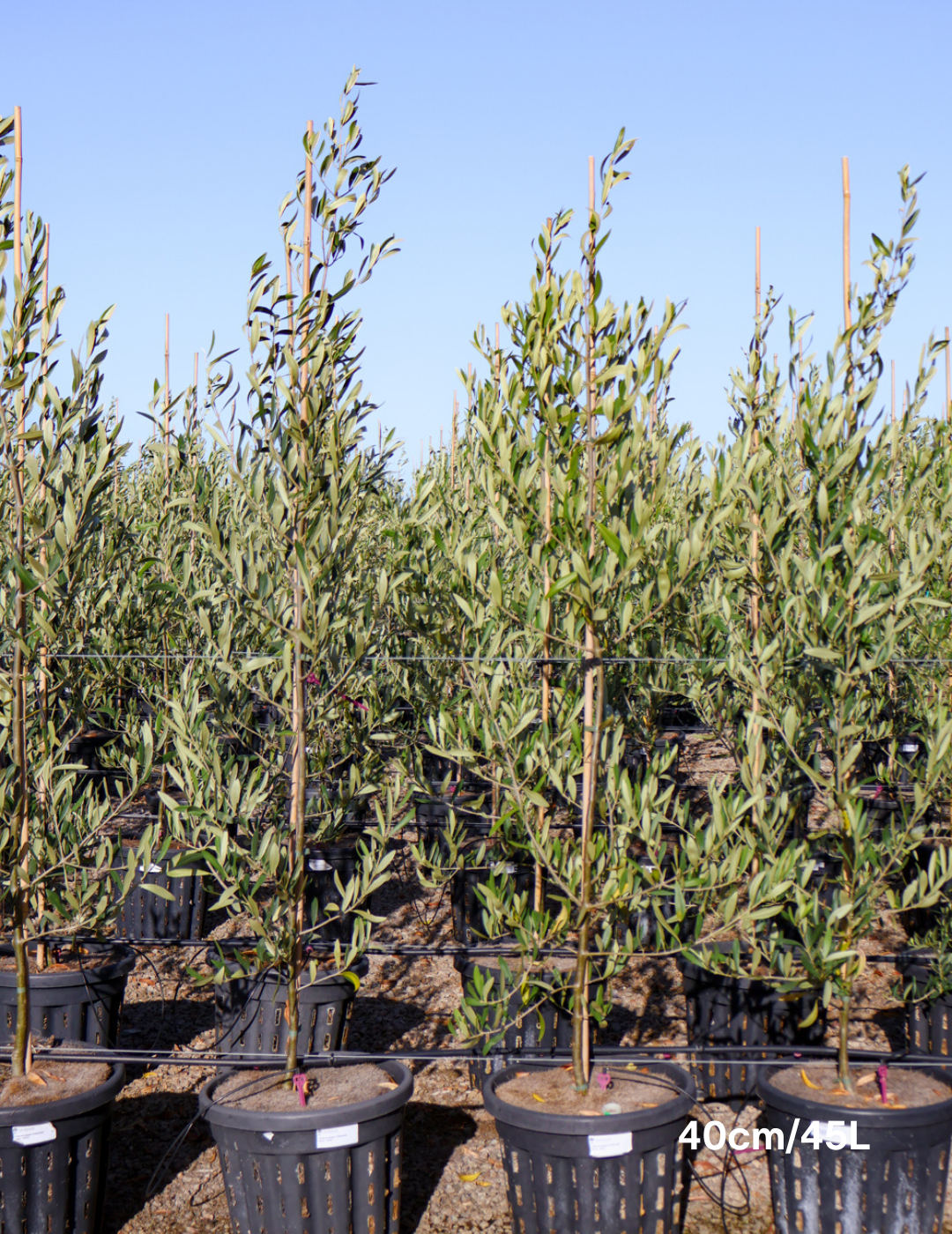
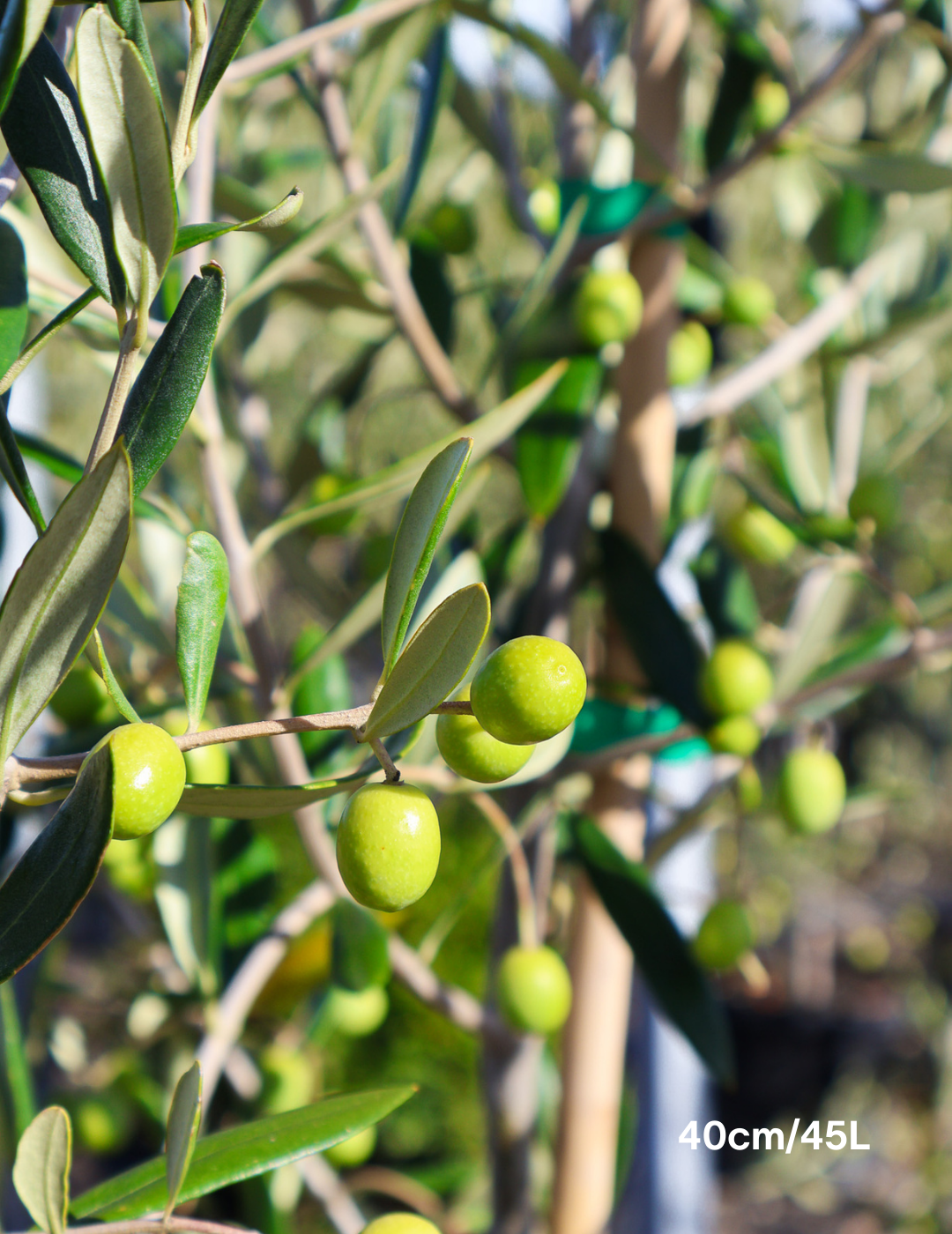
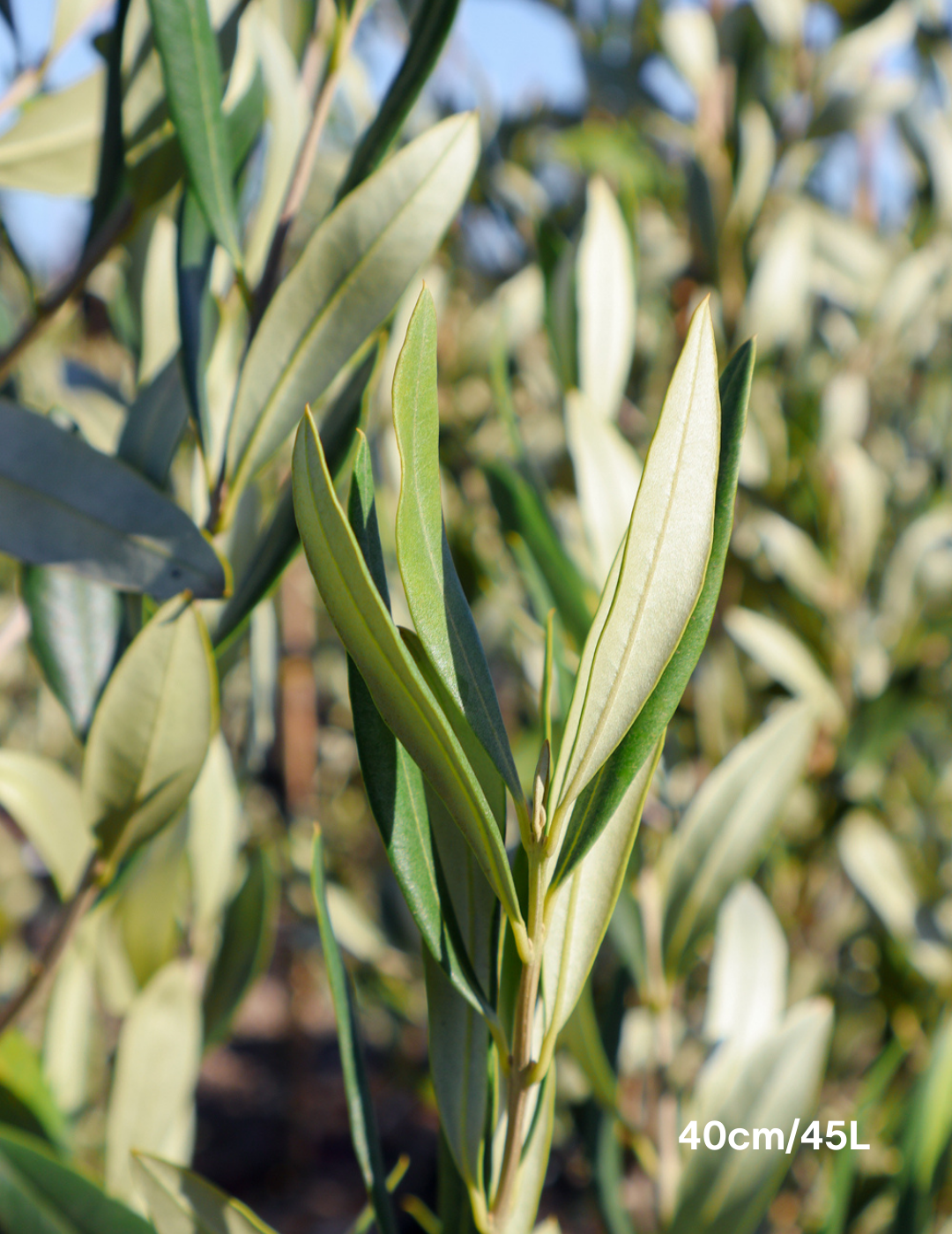
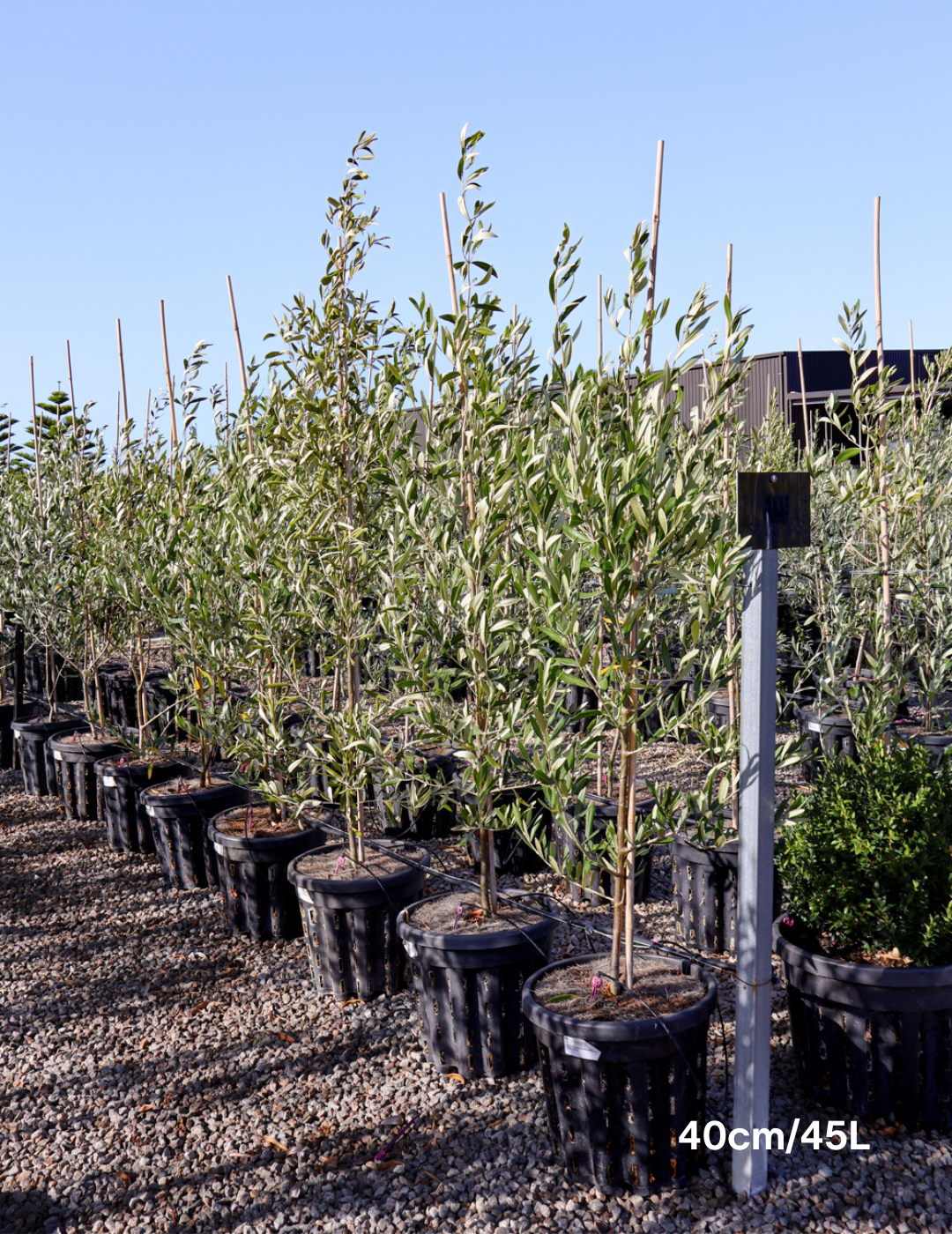
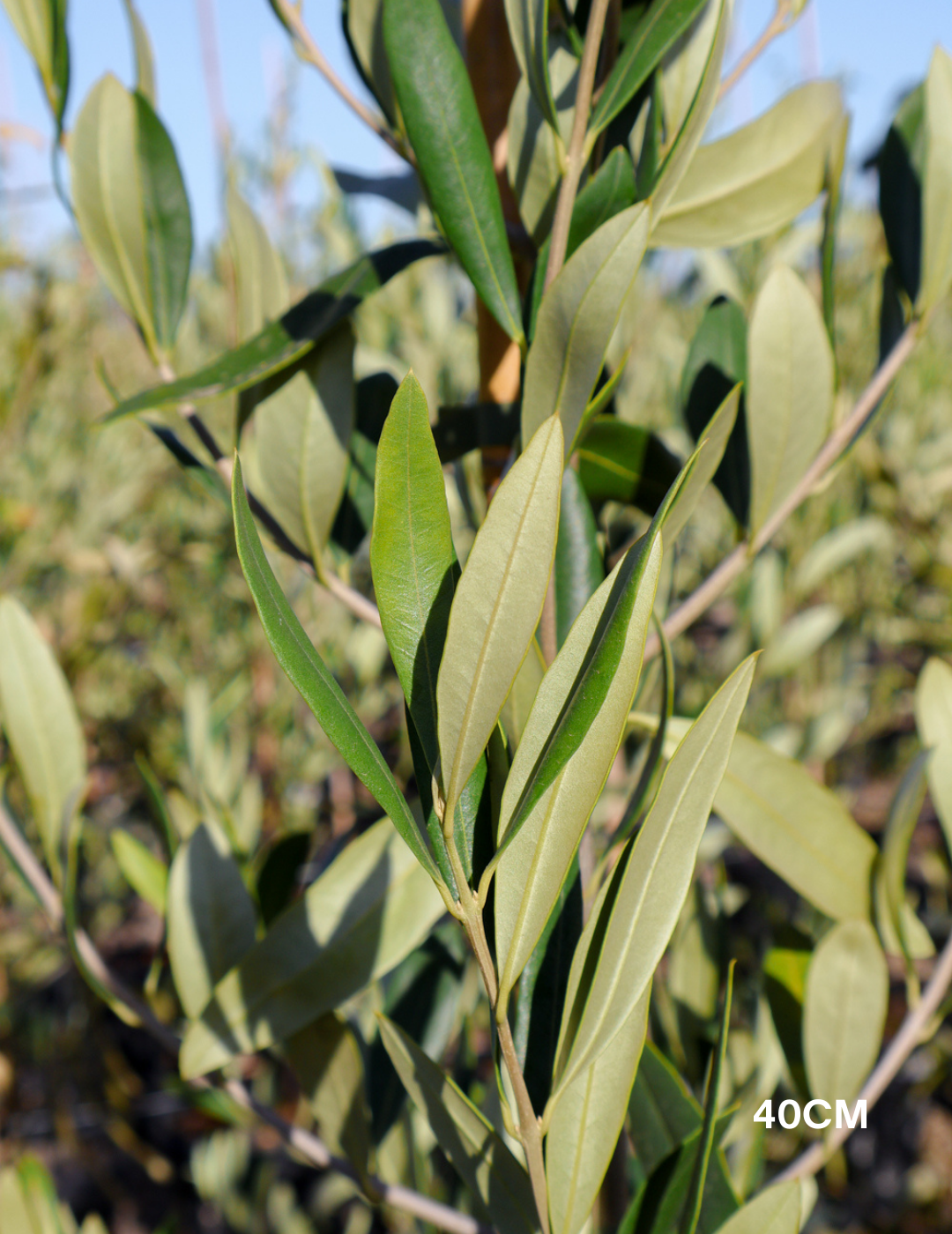
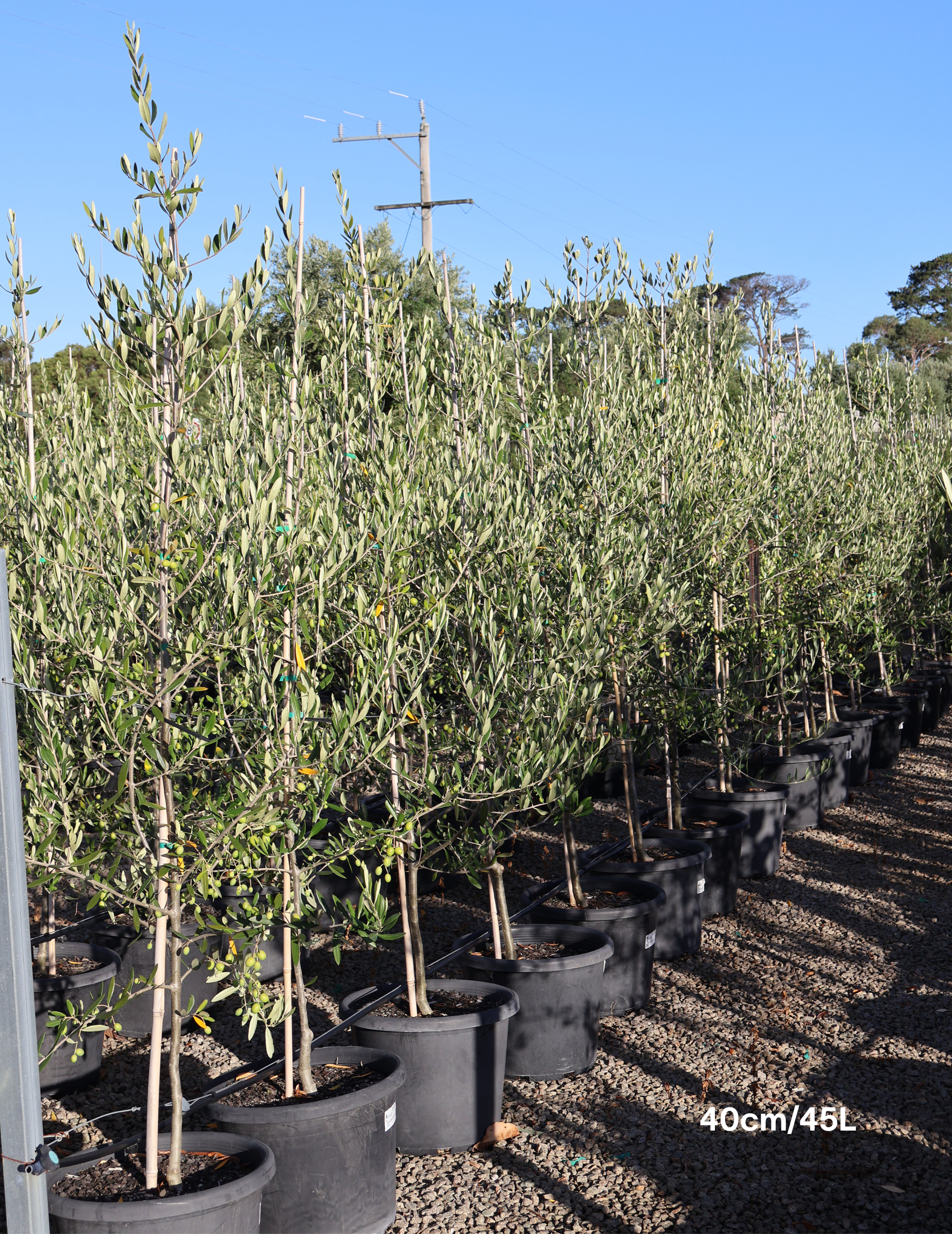
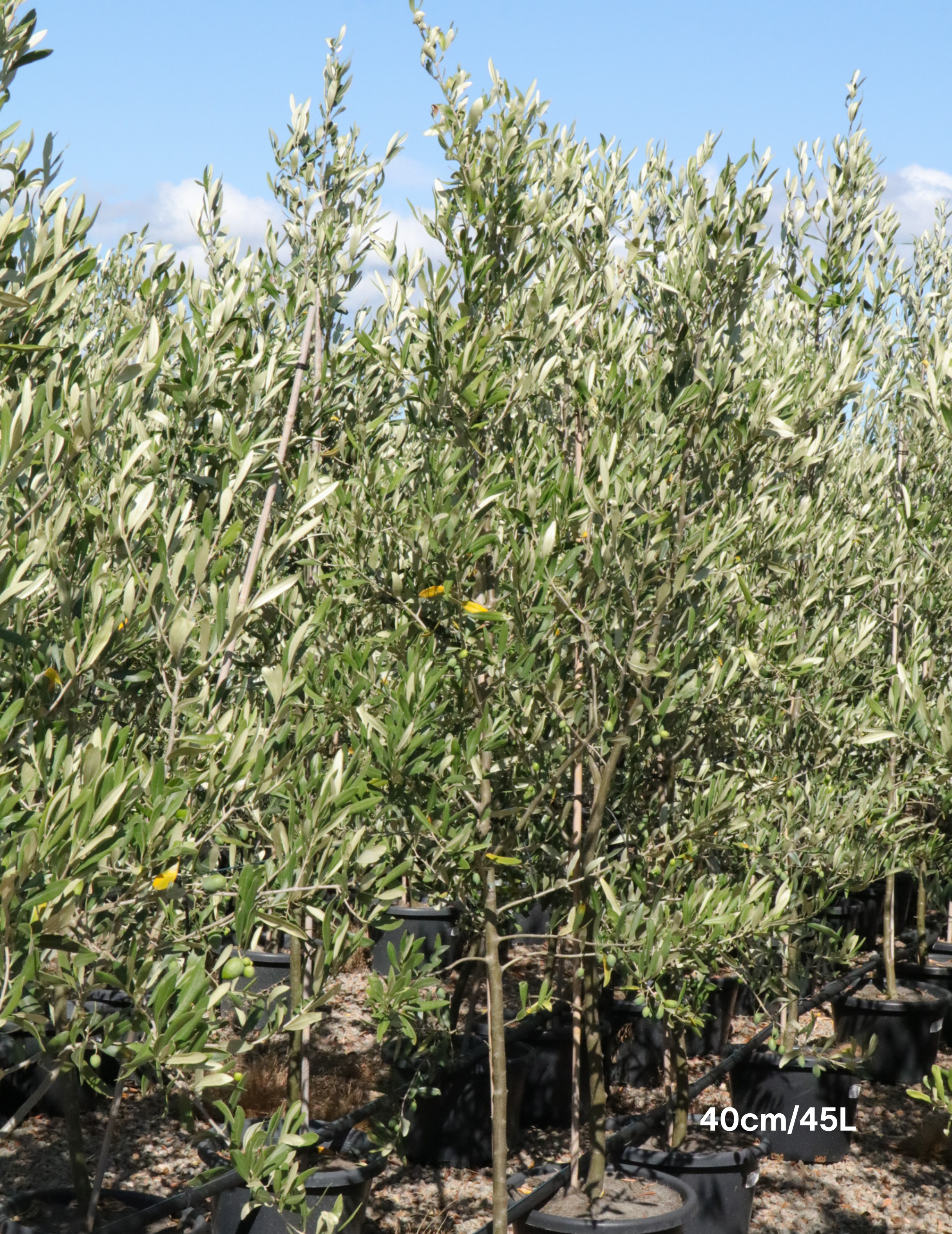
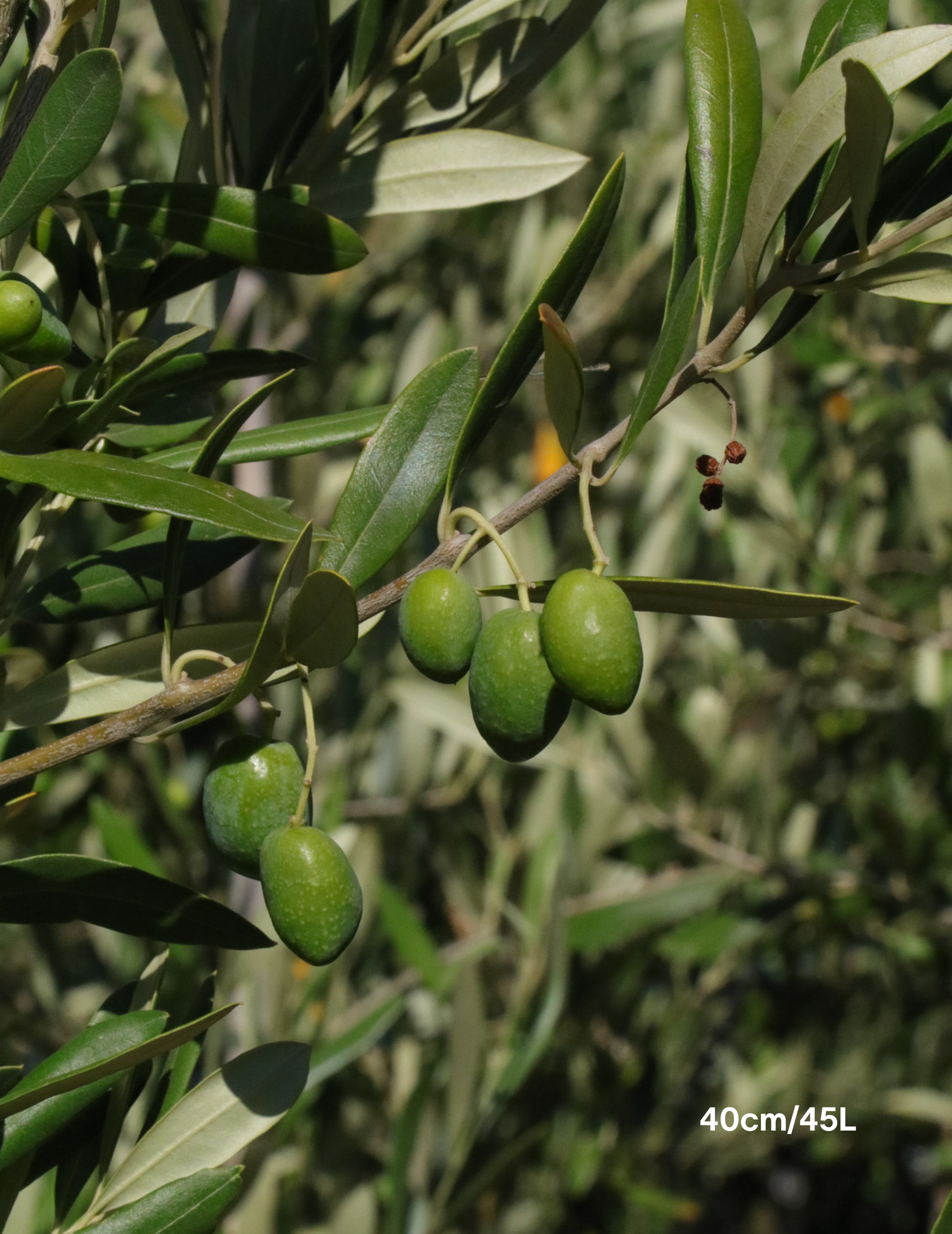


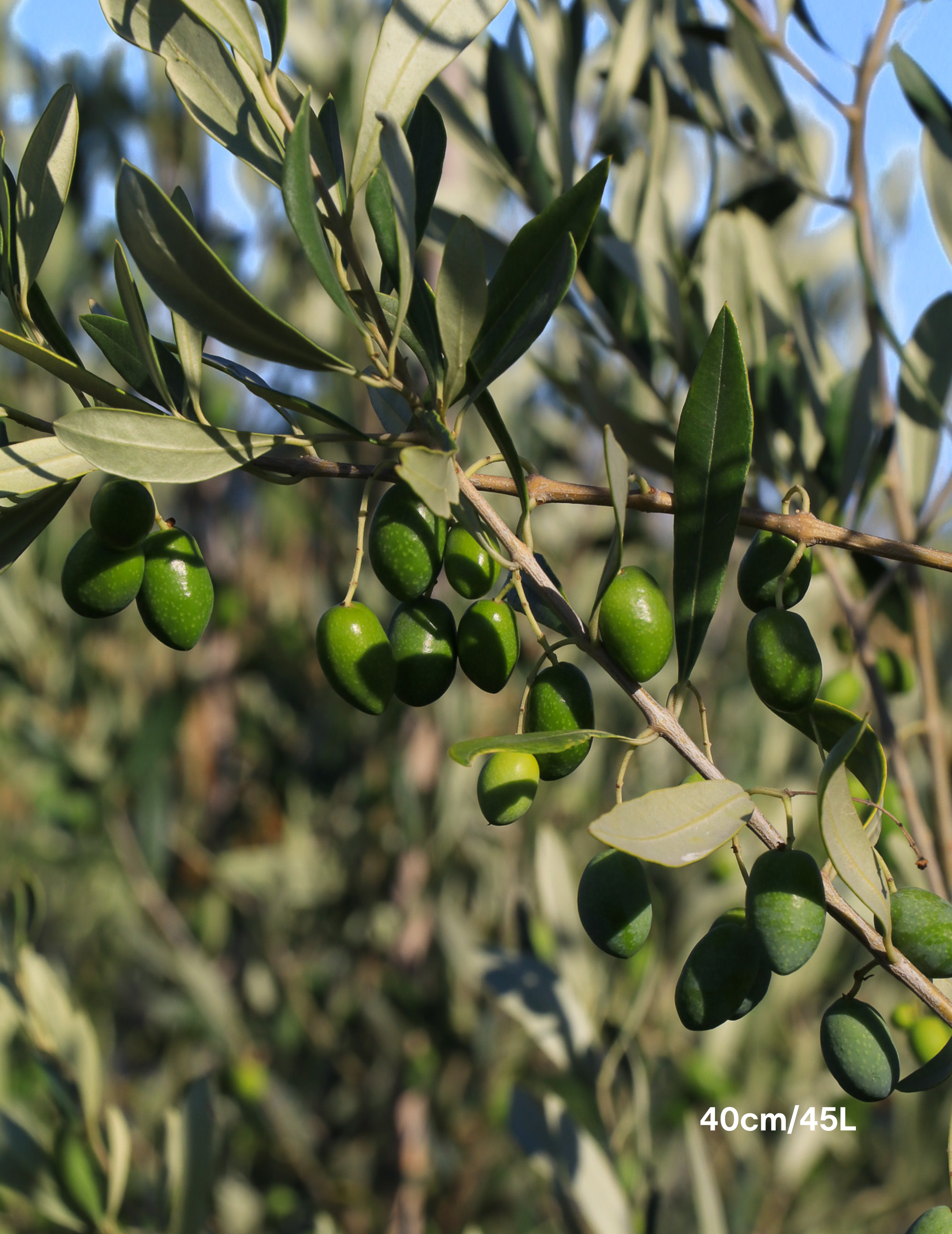
Olea europaea 'Kalamata' - Olive
- Regular price
- $1,200.00
- Sale price
- $1,200.00
- Regular price
-
Learn About Your New Olea europaea 'Kalamata' - Olive
Olea europaea 'Kalamata' is a distinguished cultivar of the olive tree, highly acclaimed for producing the famous Kalamata olives. Originating from Greece, this variety is recognized for its large, dark purple to black olives that are almond-shaped and possess a unique, rich flavor. These olives are commonly used in culinary dishes worldwide, particularly in Mediterranean cuisine. The 'Kalamata' Olive Tree is not only valued for its delicious fruit but also for its ornamental appeal in landscaping.
Common Name: Kalamata Olive TreeMature Height (meters): Typically grows to about 4-6 meters
Mature Width (meters): Approximately 3-4 meters
Spacing: Plant at least 3-4 meters apart from other trees or structures to allow for sufficient growth and sunlight penetration.
Foliage: The tree features narrow, silver-green leaves that are a characteristic of olive trees. The foliage is evergreen, providing year-round visual interest.
Flowering Period: 'Kalamata' Olive Trees produce small, creamy-white flowers in spring, which are essential for fruit production. The flowers are generally inconspicuous compared to the fruit and foliage.
Fruit: The olives are large, elongated, and dark purple to black when fully ripe. They are known for their meaty texture and a rich, fruity flavor. Kalamata olives are typically brine-cured or pickled and are a staple in Greek salads and various Mediterranean dishes.
Form/Habit: This olive tree has a spreading habit with an open canopy, which can be pruned and shaped according to preference. It can be grown as a single-trunked tree or a multi-stemmed shrub.
Uses: Ideal for olive production, ornamental planting in gardens and landscapes, and can be used as a feature tree. It is also suitable for container planting, particularly in smaller gardens or on patios.
Sun: Prefers full sun to ensure optimal growth, fruit production, and overall health.
Maintenance: Requires minimal maintenance. Pruning can be done to shape the tree, encourage fruit production, and remove any dead or diseased wood.
Water Requirement: Drought-tolerant once established, but regular watering during the initial years and dry periods is beneficial.
Need Assistance For Your Next Project?Let Us Help.
Evergreen Trees Direct is Australia's unrivaled supplier of the highest quality advanced tree stock. Our extensive supplier network allows us to provide a one-stop shop for all your landscaping needs, no matter how big or small the project. We pride ourselves on exceptional service, ensuring a seamless experience from selection to delivery. Trust us to bring your landscaping vision to life with the perfect trees for any outdoor space. With our unrivaled selection and commitment to service, Evergreen Trees Direct is the top choice for landscapers, property developers, and garden enthusiasts alike.
-
 A layered, resilient coastal garden designed to withstand harsh salt winds and seasonal extremes. This Mornington Peninsula property features a cur...
A layered, resilient coastal garden designed to withstand harsh salt winds and seasonal extremes. This Mornington Peninsula property features a cur... -
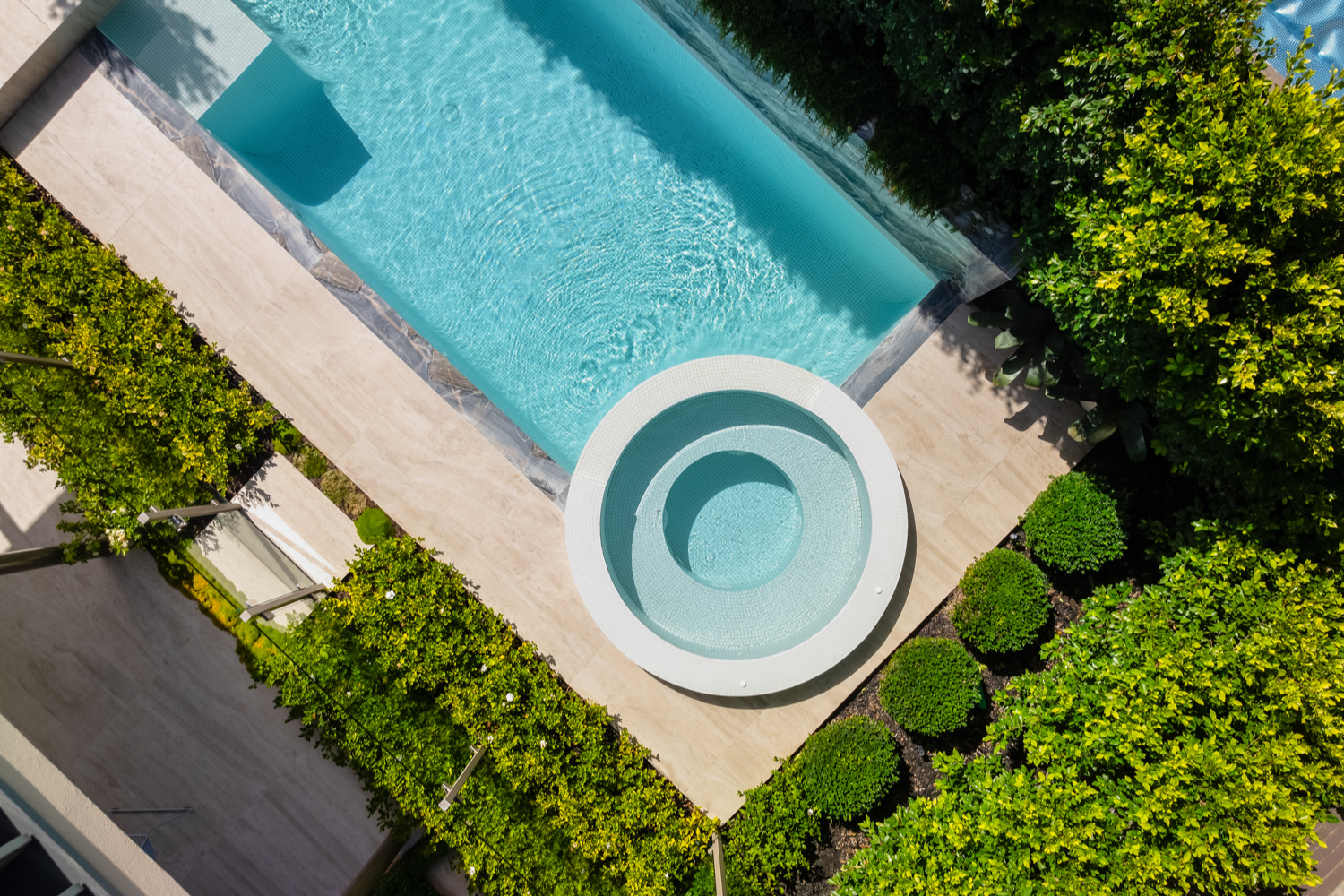
Brighton Project
Presenting our recent project in Brighton, Victoria, landscaped by Jack Merlo Landscape & Design. This modern landscape features a variety of h... -
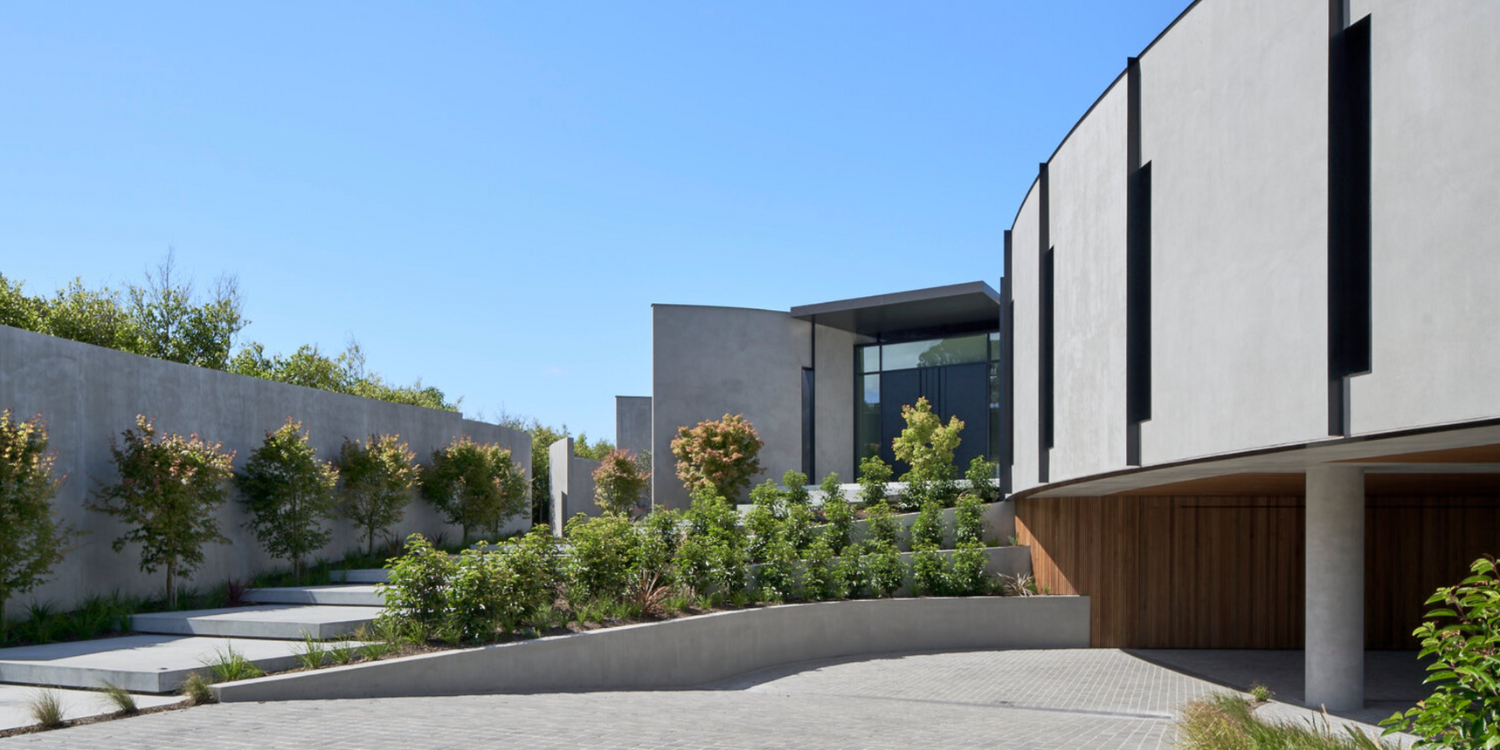
Horizon House, Flinders
Horizon House in Flinders blends nature with bold architectural design, using natural elements to enhance its modern aesthetic.Acer Palmatum (Japan...
